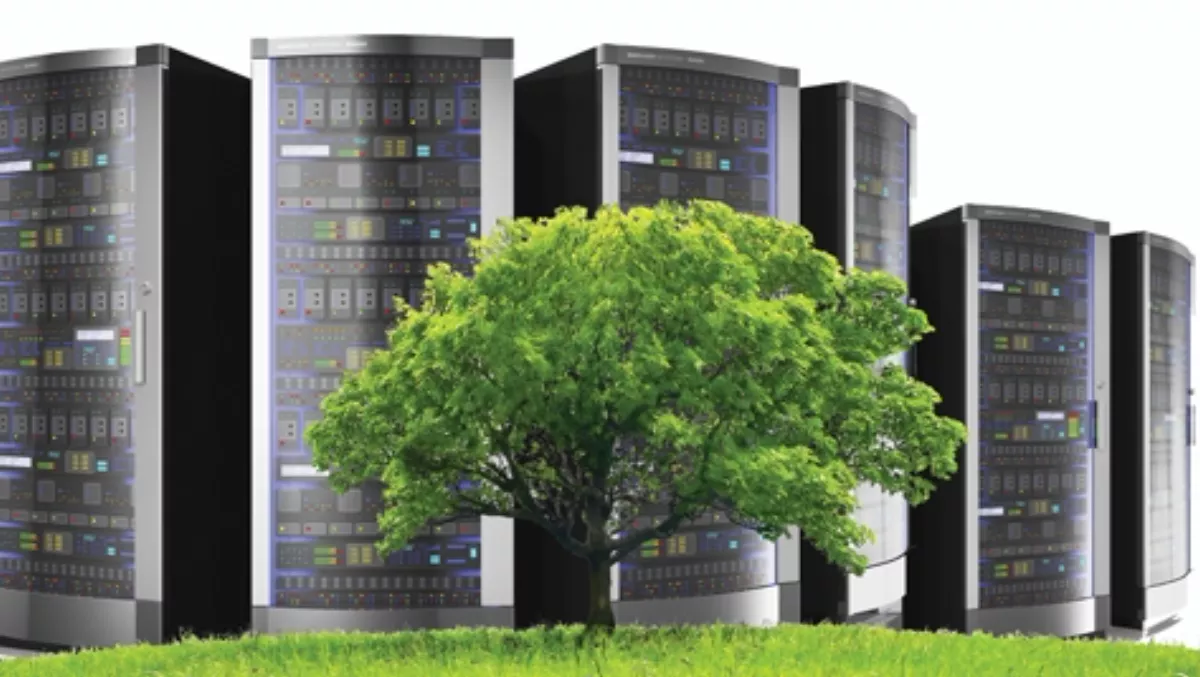
Why data centres are the new cool
With increasing numbers of New Zealand businesses seeking green alternatives, Vocus Communications' Julian Maxwell looks at what makes a data center green.
More and more businesses are favouring suppliers who have adopted a greener, smarter way to operate. Cost savings, improved operational efficiencies, and a green conscience are some of the drivers.
But what makes for a highly efficient data center (DC), and which green measures should you look for within a hosted environment?
Power usage efficiency (PUE)This is probably the most important measure when it comes to assessing a data center’s efficiency. It’s the ratio of total amount of energy used by the facility to the energy delivered to the computing equipment.A PUE value of 2.0 means that for every watt used to power IT equipment, an additional watt is required to deliver the power and keep the equipment cool. Every watt of overhead represents an additional cost. Reducing this overhead reduces the overall operating costs.
According to the Data Center Journal, the typical PUE for a DC is 2.0. We invested in power saving initiatives, reducing our annualised PUE from 1.8 to 1.5 in our Albany data center.
Chilled water systems Free cooling is a smart way to use what’s naturally available - fresh air. It uses the cold air from outside to assist in chilling water for the DC’s air conditioning systems.
Free cooling automatically operates when the outside ambient air is cold enough to assist in cooling the water. For us, when ambient temperatures reach seven degrees or below, virtually all of the cooling is provided via this free cooling method - the only electricity consumed is to power the energy efficient fans.
Heating, ventilation and air conditioning (HVAC) The pressure to improve HVAC within high computing environments is relentless and a source of constant innovation.
Electronically commutated (EC) fans are generally regarded as the latest thing in energy efficient air movement. These fans have the mechanical arrangement replaced with electronic circuitry and supply the right amount of electric current in the right direction at precisely the right time. In other words, they adjust their speed to the cooling load required, therefore using the minimum amount of power necessary.
Hot and cold air aisle containment Hot and cold air is contained in separate aisles to reduce the mixing of cooled air and hot exhaust air. This reduces energy consumption as cooling becomes more efficient.
Different methods have plus and minus points, too numerous to outline here. What really matters is the air flow management within a data hall.
Our solution has been to install thousands of blanking panels placed within the racks, and retrofitting containment solutions including special roof tiles between the aisles, and insulated, self-closing doors at each end, ensuring the cold air reaches its destination without mixing.
Minimising the energy footprint of your IT infrastructure should be a key priority for any business seeking to protect profitability and reduce impact on the environment.
If you’re considering outsourcing to a data center, chances are you’re already a step forward in reducing your company’s carbon footprint. You’ll add flexibility, reduce risk and probably save money too.
Julian Maxwell is data center manager (Albany) for Vocus Communications, a leading supplier of telecommunications, data center and high bandwidth connectivity solutions.

